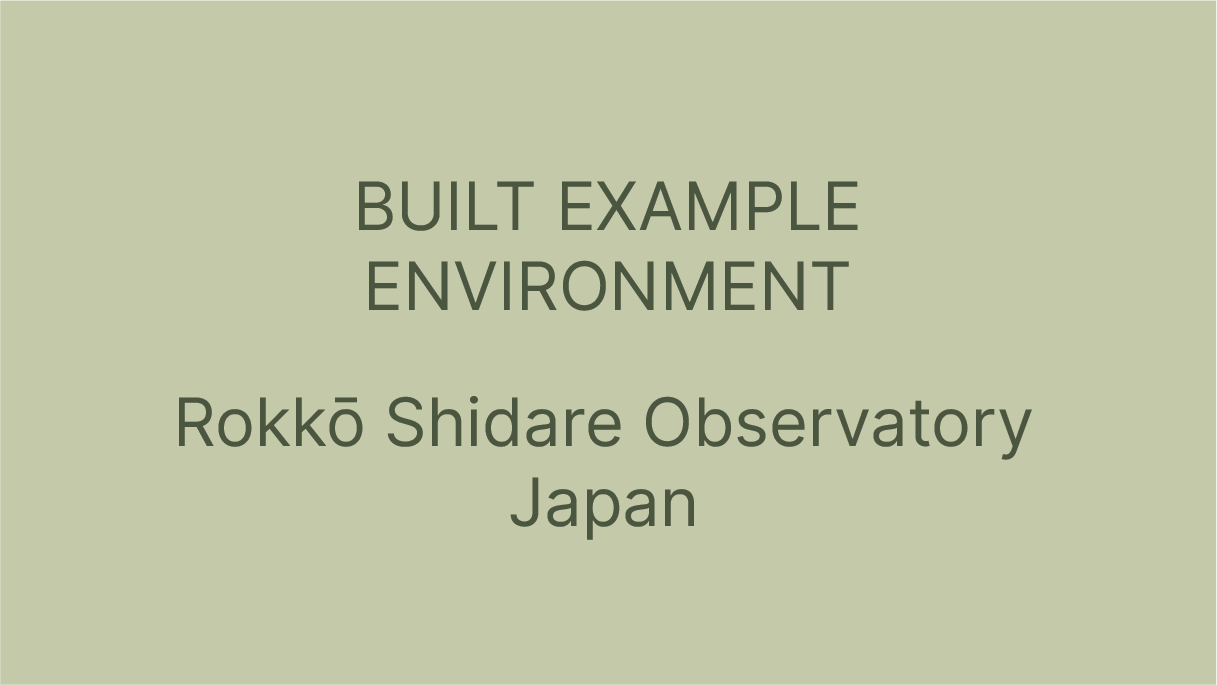New Baris
The Organization for Desert Development asked well-known architect Hassan Fathy to design a new agricultural village near the Kharga Oasis after discovering water resources in 1963. Hassan Fathy was known for his low-cost village for agricultural worker families in New Gourna, another pioneering project built 20 years prior. Fathy, who generally attaches importance to creating a strong community with inhabitants in his projects, used architecture as a tool to enable 250 families with no ties to live comfortably in this isolated land. He started his research with demographic, geographical, and climatic data on the land and people in 1963. The construction started in 1964 but was never completed due to the Six-Day War of 1967 and changes in regulations regarding earthen buildings. By then, the administration building, several housing units, the museum and social centre’s outer shell, and the market, which would be the project’s heart, had been built. This project’s constructed parts, drawings, and documentation are critical examples of sustainable architecture for passive cooling and vernacular architecture and are valuable for the sustainability discourse, depending on the context.
Solaris
With a spiralling landscaped ramp and an array of bioclimatic strategies, the Solaris office building works as an extension of Singapore’s One-North Park, where it is located. According to Singapore’s sustainable building benchmark, Solaris has received the highest rating (platinum).
Inujima Art Museum
The Seirensho Art Museum is located on Inujima island at the Seto Inland Sea in Japan and works with the sun, the wind and the found industrial ruins and byproducts (all what Sambuichi calls “moving materials”), to salvage the post-industrial site of a copper refinery and create a visitor experience guided by the natural elements.
2226
The concept of 2226 is to provide a building with a comfortable range of interior temperatures (22oC to 26oC) without any heating, air conditioning or mechanical ventilation. The temperature range is guaranteed by a combination of thermal mass and natural ventilation, using the heat emitted from the bodies of the users and the office devices as energy sources. The concept has been applied to buildings in different locations and has since become a standalone research and development program within the Baumschlager Eberle practice, but here the focus is on the first example building of the series, built in Lustenau.
GSW Headquarters
The project is an extension of a 1950s office tower in Berlin with a twofold goal: to reconnect the isolated tower with the (current and historical) city fabric and to become a prototype of exemplary energy performance for office buildings. The new connection to context is achieved through a heterogenous composition of volumes that take cues both from the baroque layer of the city (plinth) and from the late modernist layer (slab). The energy performance concept is based on a double skin concept and an aerodynamic ventilation fin at the top of the slab.
Tower Building C10
The C10 Tower was originally built in the 1960s. In 2008 Staab Architekten undertook the refurbishment and renovation of the building, with a focus on building performance.
Inverted House
The Inverted House, designed by a group of students from the Oslo School of Architecture and Design (AHO) as the winning entry to the LIXIL International University Architectural Competition, embodies the theme of “House for Enjoying the Harsh Cold.” This experimental guest house in Hokkaido challenges traditional notions of domestic space by minimising heated interiors and embracing the cold winter environment as an integral part of the living experience.
Zero-carbon Cultural Centre
The ‘Zero-carbon Cultural Centre’ in Pakistan, designed by architect Yasmeen Lari, represents an exemplary fusion of sustainability and cultural preservation. This visionary project combines traditional techniques with modern innovation, creating a carbon-neutral cultural hub. It exemplifies the harmonious blend of sustainability and cultural heritage and carries profound social impact. By revitalizing traditional craftsmanship and promoting eco-awareness, Lari’s creation fosters community engagement, empowerment, and a renewed sense of cultural pride, transcending architectural boundaries.
Rokko Shidare Observatory
Perched on the Rokko Mountain in Kobe, the Rokko Shidare Observatory is a unique landmark that not only takes in spectacular views, but also provides a place to experience the natural energy and beauty of the Rokko Mountain. A key visual feature of the observatory is the 16m diameter meshed dome that provides partial shelter against the weather.
Gando Primary School
The Gando Primary School was built to expand the sparse network of schools in the province of Boulgou, in the east of Burkina Faso, and addressed two characteristic problems of many educational buildings in the area: poor lighting and ventilation. In order to achieve sustainability, the project was based on the principles of designing for climatic comfort with low-cost construction, making the most of local materials and the potential of the local community, and adapting technology from the industrialized world in a simple way. Underlying the project was a strong didactic component: it was designed as an exemplar that would raise awareness in the local community of the merits of traditional materials, updated with simple techniques that would need few new skills. The school building includes three volumes, each containing a classroom measuring 7 x 9 metres, connected by a single roof make up the basic structure of the building, and each one of them accommodates one classroom for fifty students.










